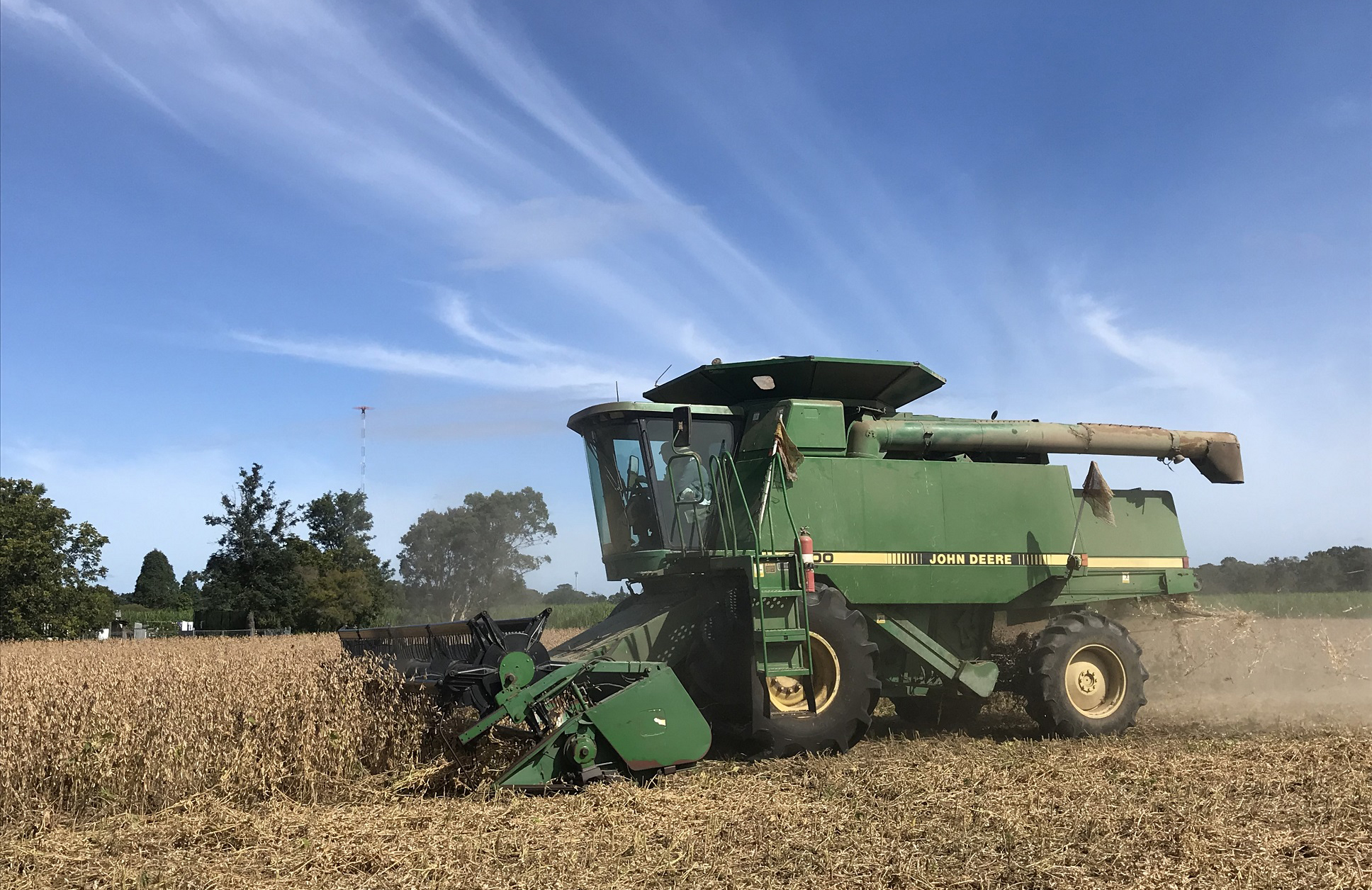
Another successful harvest of the Hayman soybean variety has been completed, yielding large, high-protein grain destined for tofu and other soybean related product markets in Australia and overseas.
Hayman was selected at the Grafton NSW Department of Primary Industries Institute, which has over a century of history in testing and developing crops to suit coastal conditions and supporting growers to supply changing markets and consumer needs.
NSW DPI, in partnership with CSIRO and the Grains Research and Development Corporation (GRDC), develop new elite soybean varieties for North Coast and Australian grain growers under the Australian Soybean Breeding Program.
NSW DPI Research Agronomist Dr Natalie Moore said the impressive variety was always destined for strong results once it appeared in trials.
"When we tested the grain and found it was between 43 to 47 per cent protein and contained a special protein preferred by tofu producers, we knew it was a winner," Dr Moore said.
"Hayman can be planted from mid-December to mid-February on the North Coast, allowing growers a lot of flexibility in sowing time."
The North Coast of NSW is the largest single soybean producing region in Australia and reliably supplies soybean grain for a wide range of uses including flour and baking additives, tofu, and specialist feeds for animal and aquaculture industries.
Lawrence sugar cane and soybean grower, Rod Ensbey, said soybean is an excellent rotational crop for sugar cane, providing a nitrogen boost, improving soil structure and delivering growers a financial bonus as well.
"With prices over $900 a tonne this season it certainly gave us a good return," Mr Ensbey said.
"Our average yield over the farm was 2.2 tonne to the hectare with the variety Hayman. We usually plant Richmond or Hayman varieties as they are bred for north coast conditions and have performed very well."
Dr Moore said Hayman variety has achieved grain yields of over 5 tonnes to the hectare on the North Coast and in the Burdekin region of Queensland where it is grown as a winter crop.
"Due to its ability to also produce 25 per cent more biomass than other varieties and excellent feed quality values, Hayman was quickly picked up by the dairy industry for silage and fodder for dairy herds," she said.
"It can also be grazed by beef cattle in a graze and grain recovery system."






